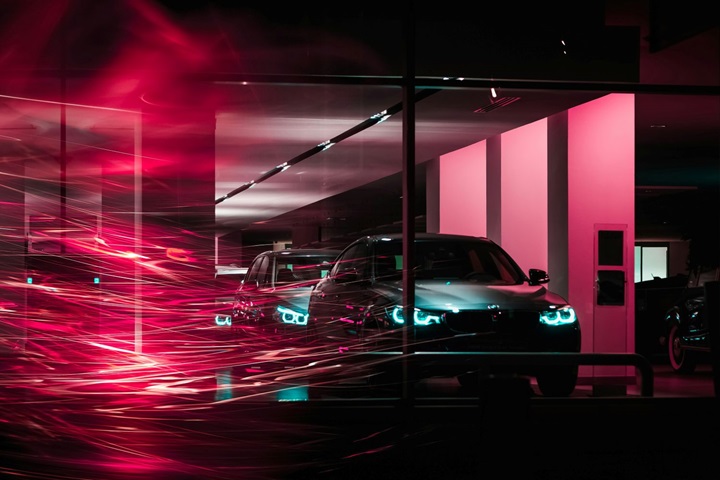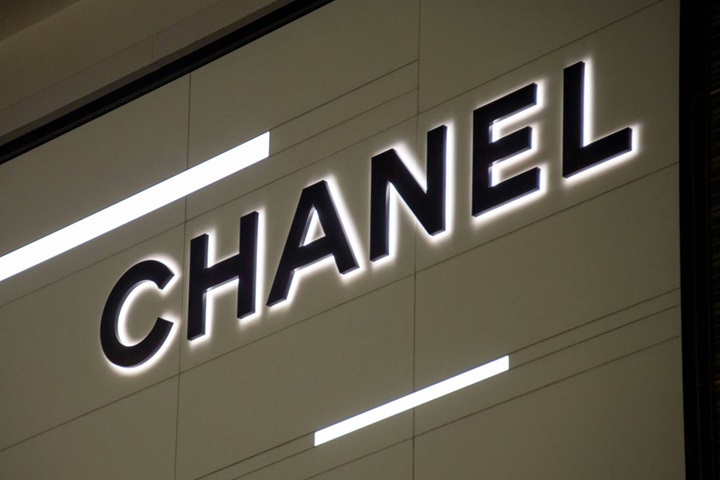For decades, automakers have treated marketing as a sprint. Media plans are dominated by short-term bursts designed to lure shoppers into dealerships within the next 30 days. Incentives are stacked, retargeting follows consumers across devices, and messages lean hard on urgency: “Buy now, before this deal ends.”
But here’s the uncomfortable truth: this 30-day obsession is strangling long-term growth. Most potential car buyers, five out of six people at any given time, are not in the market today. They might be in 12 months. Or three years. And when they do eventually buy, their decisions will likely be shaped less by the last-minute ad they see and more by the brands that have consistently built trust, meaning, and difference in their minds long before they step into a dealership.
This isn’t just an opinion. It’s grounded in the Kantar Blueprint for Brand Growth framework, which shows the strongest brands grow by being Meaningfully Different, maintaining consistent salience and cultivating predisposition. If auto marketers continue to chase the same shrinking pool of in-market buyers, they risk short-term wins at the expense of long-term relevance.
Fishing in a Shrinking Pond
Let’s start with the numbers. The average U.S. vehicle is now a record, 12.8 years old. Consumers are holding onto cars longer than ever, stretching ownership cycles well beyond the rhythm most auto marketers are calibrated to. According to Kantar data, only 17% of Americans say they’re very likely to buy a vehicle in the next 12 months, while 41% say they’re very unlikely. That means roughly 83%, an overwhelming majority, are out of market.
This isn’t an inefficiency. It’s the category reality. And it mirrors what broader marketing science has long demonstrated: the “95:5 rule.” In nearly every industry, 95% of category buyers are not actively shopping at any given time. In autos, that dynamic is magnified by the cost, complexity, and emotional weight of the purchase.
If automakers devote most of their dollars to targeting the thin slice of people who happen to be shopping now, they’re neglecting the massive base who will buy later. Worse, they’re handing those future buyers to competitors who are already investing in salience and emotional equity.
Salience Is Built in the Quiet Years
One of the most dangerous myths in auto marketing is that advertising to people not shopping today is wasted money. In reality, those “quiet years” between purchases are when the most valuable work gets done.
Brand perceptions aren’t formed in the frantic weeks leading up to a purchase. They’re shaped gradually, through consistent exposure, stories, associations, and cultural presence. When a driver has spent years seeing your brand portrayed as innovative, reliable, or aspirational, that memory structure activates when a buying trigger arrives. By contrast, if your brand only shows up when they’re actively researching, you’re already fighting uphill against pre-shaped predispositions.
Kantar’s blueprint makes this point explicit: Meaningful Difference is built over time, not at the point of purchase. Auto brands that want to win tomorrow need to seed relevance and resonance today, even if the harvest comes years later.
Economic Volatility Makes the Timeline Unpredictable
Layer on another challenge: timing is no longer predictable. Tariffs, inflation, supply constraints, and shifting interest rates have made the decision to buy a car volatile and erratic.
In 2025, when new auto tariffs were anticipated, nearly one in five Americans accelerated a major purchase to beat potential price hikes. Of those, 41% bought vehicles earlier than planned. At the same time, 52% delayed their purchases due to affordability concerns. By mid-2025, pent-up demand pushed the share of consumers considering buying within the next year back up to 55%, the highest in two years.
The lesson? Intent is fluid. A “future buyer” can become an urgent buyer overnight, while a red-hot prospect can cool off instantly. Brands that only talk to current intenders risk missing these sudden, unplanned entry points. Brands that maintain broad, steady communication, on the other hand, are ready whenever the market swings.
The Blueprint’s Mandate: Plant and Harvest
If the in-market pool is small, the out-of-market pool is unpredictable, and salience is built over the years, what’s the practical way forward? The Blueprint offers a clear answer: balance.
Kantar’s analysis of thousands of campaigns shows that the most effective brands split their investment roughly 60:40 between brand-building and activation. That means yes, chase the short-term sales with tactical promotions and sharp targeting. But more importantly, build the long-term equity that ensures you’ll be first to mind when future buyers finally enter the market.
It’s not either/or. It’s both/and. A brand’s TV spot today might not trigger a purchase this week, but it can meaningfully shift how a consumer feels about the brand. That shift increases receptivity down the line, boosting conversion when the consumer finally starts shopping. Campaigns that deliver both short-term uplift and long-term brand equity are the true growth engines.
Future Buyers Are Already in Play
The best automakers are already adapting. Kia, for example, has deliberately shifted focus to engage future buyers. As Rishaad Sacoor, Kia’s European brand head, told Kantar in 2025, the brand now invests in telling its story earlier: design philosophy, sustainability commitments, cultural relevance. By the time consumers are actively comparing models, Kia is already familiar, trusted, and importantly – different.
This is the essence of building predisposition, another Blueprint pillar. If consumers already feel positively predisposed toward your brand, they’re more likely to put you on the shortlist, more likely to pay a premium, and more likely to advocate post-purchase. That predisposition doesn’t happen by accident. It’s the cumulative effect of long-term engagement with people who weren’t “in market” at the time.
The Counterpoint and Why It Falls Short
Some marketers will argue that focusing only on in-market buyers is the most efficient use of marketing spend. After all, hyper-targeted digital campaigns can generate quick ROI, like a dealership’s geofenced ads boosting test drives by 30%.
But efficiency without scale is a trap. The pool of in-market buyers is small. Optimizing to death within that pool yields diminishing returns. Meanwhile, ignoring the 80–95% out of market leaves your pipeline exposed to competitors who are steadily winning hearts and minds.
Short-term efficiency is seductive. But the Blueprint is unambiguous: growth comes from expanding penetration and mental availability across the whole market, not from squeezing incremental yield out of the few who are already intent on buying.
A Call to Action
Automakers: it’s time to make the shift. Reallocate your budgets. Redesign your mix. Rethink your metrics. Stop chasing only the 17% who are ready to buy now and start winning the 83% who will buy later. Because if you don’t, your competitors will. And by the time those future buyers enter the market, it will already be too late.
The question isn’t whether you can afford to invest in future buyers. The question is whether you can afford not to.






